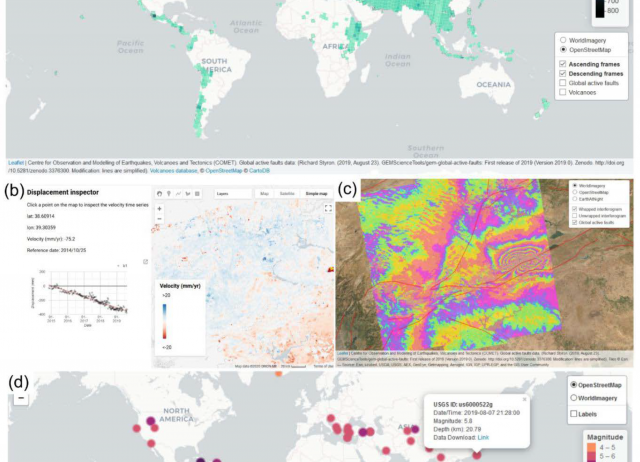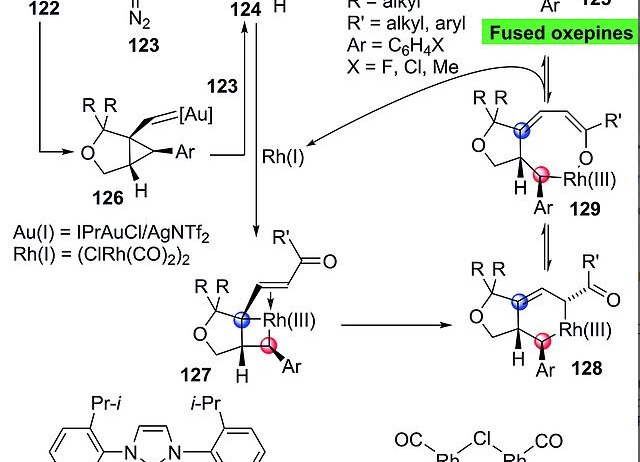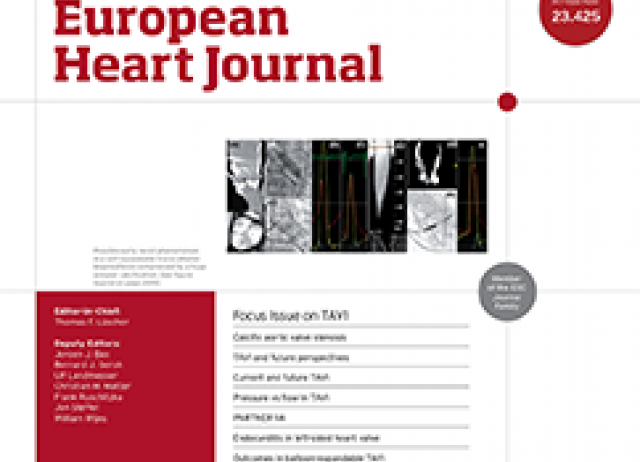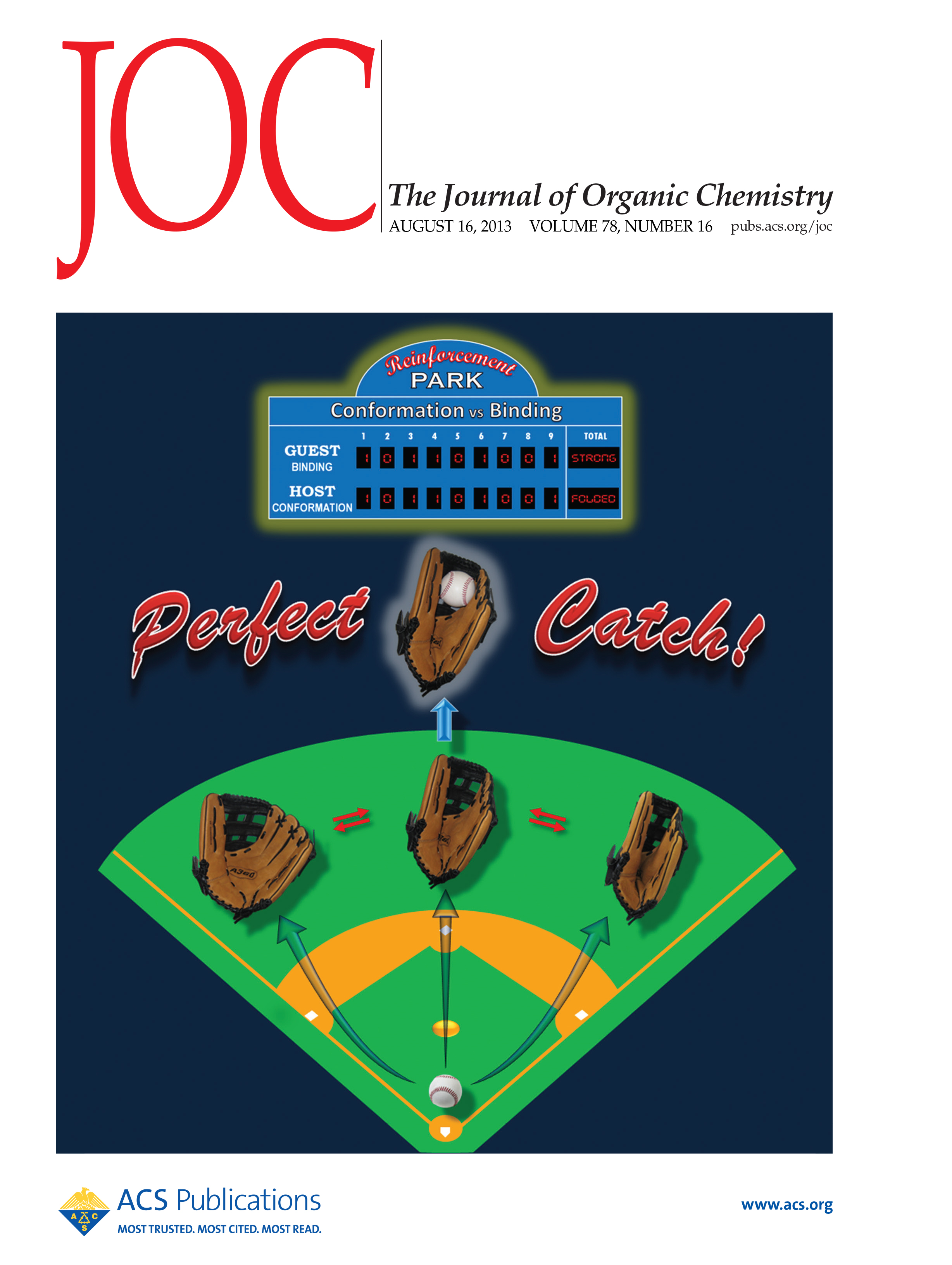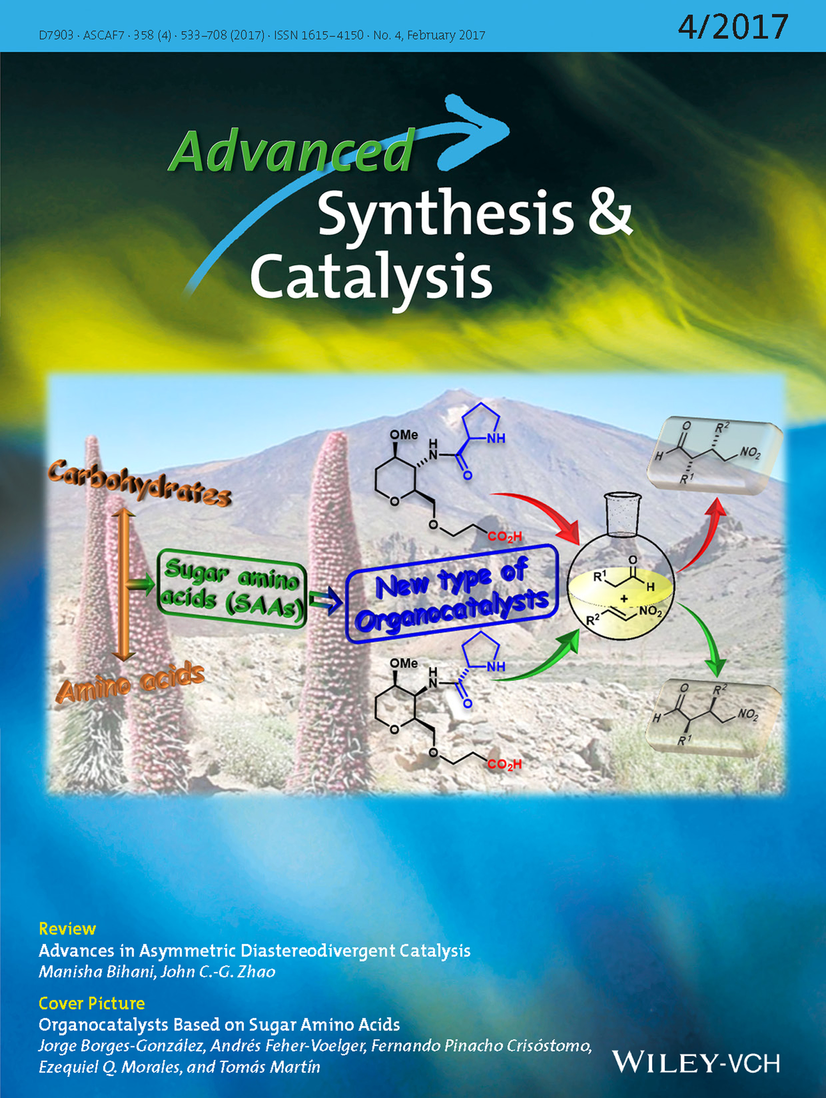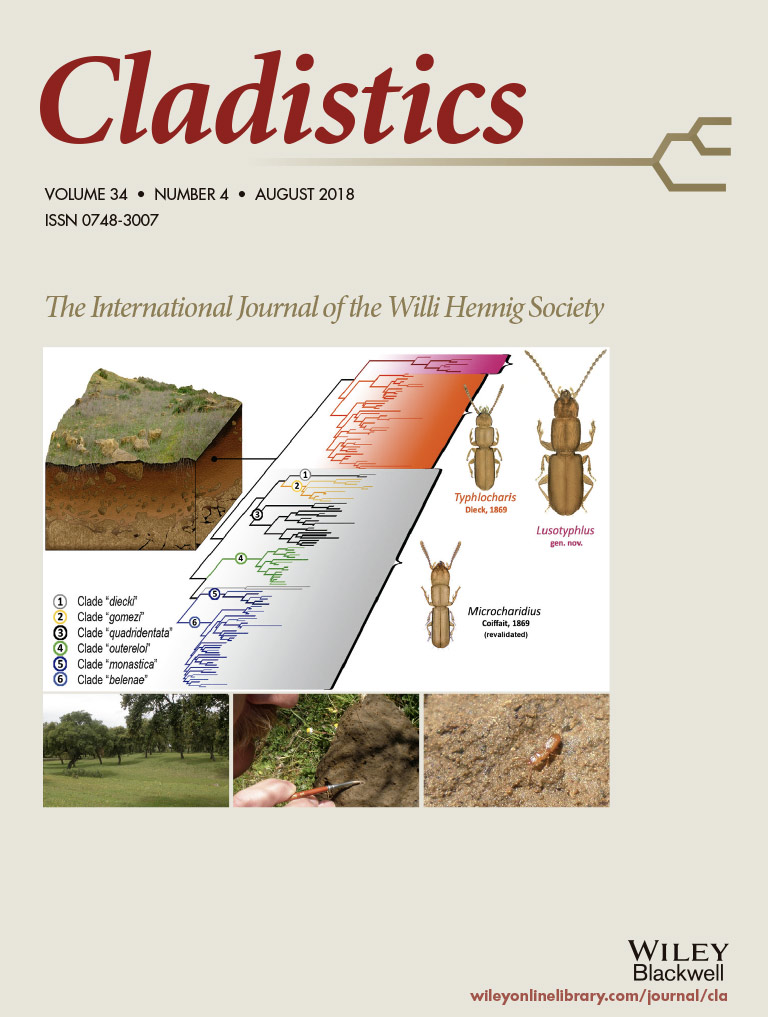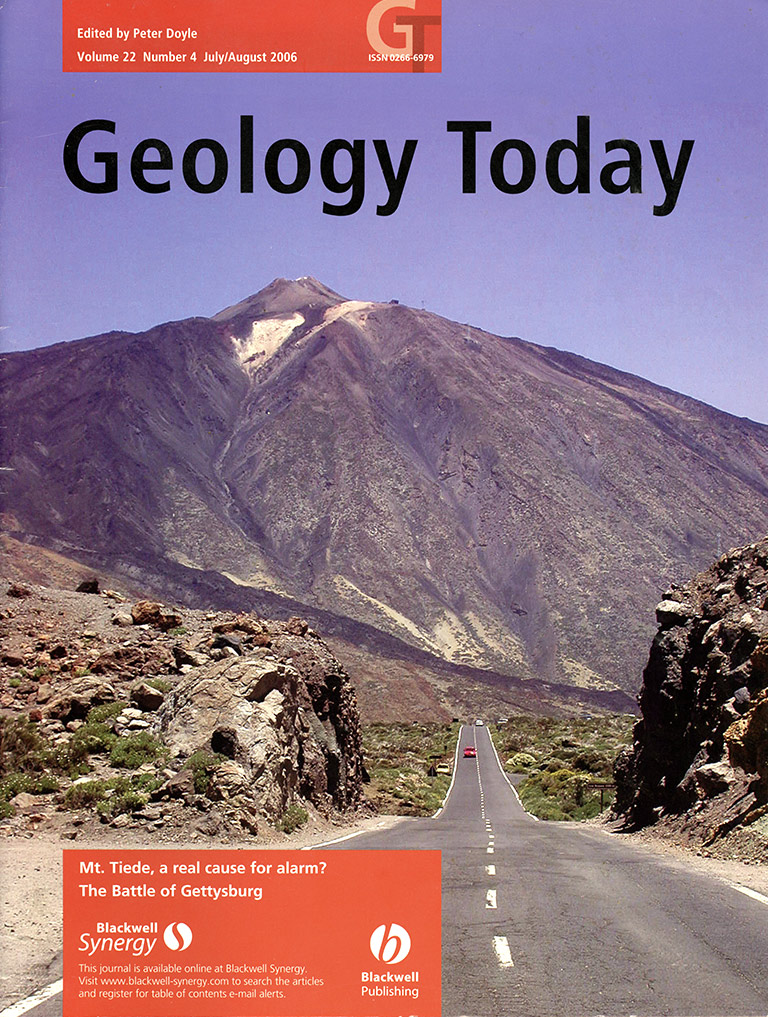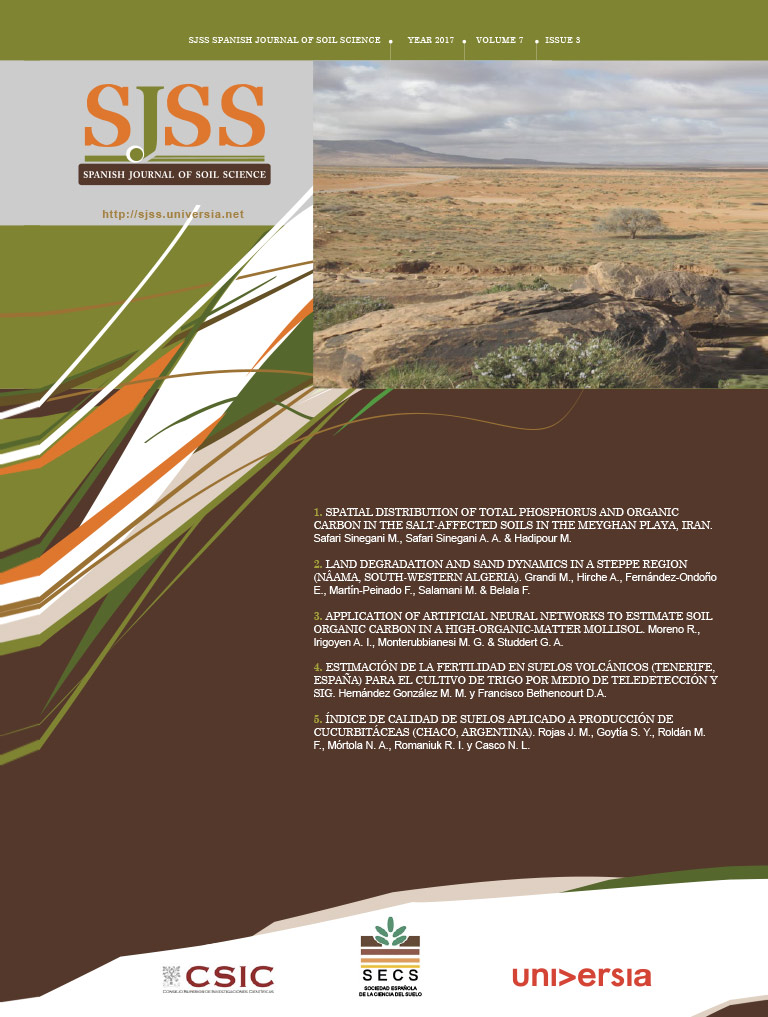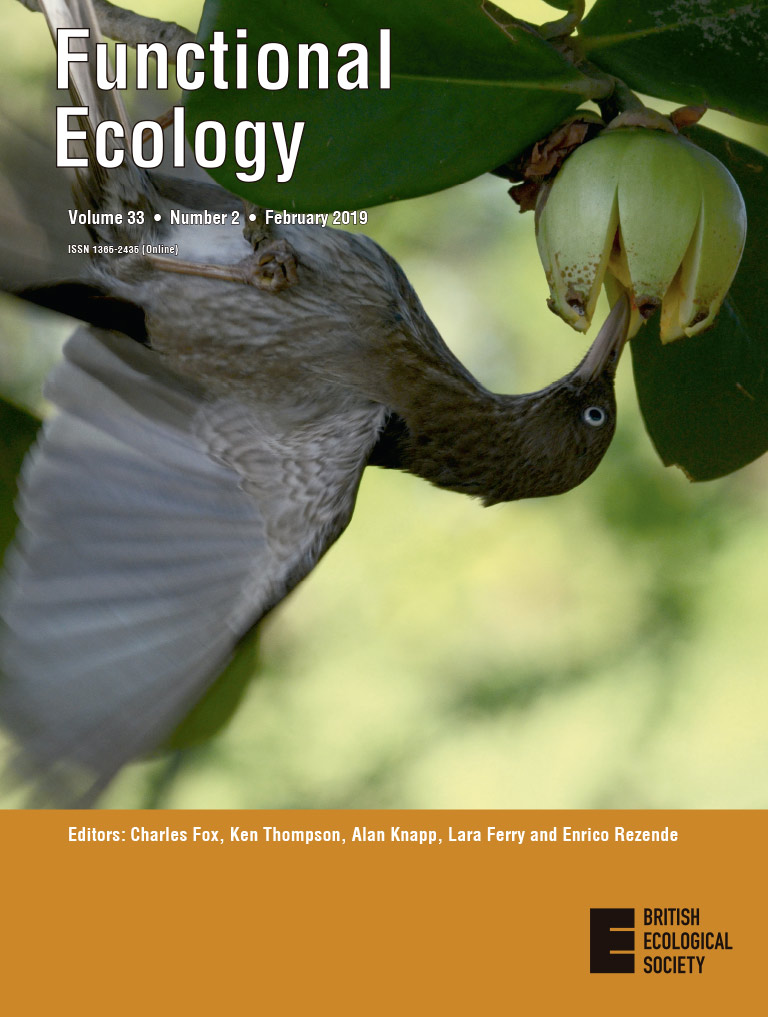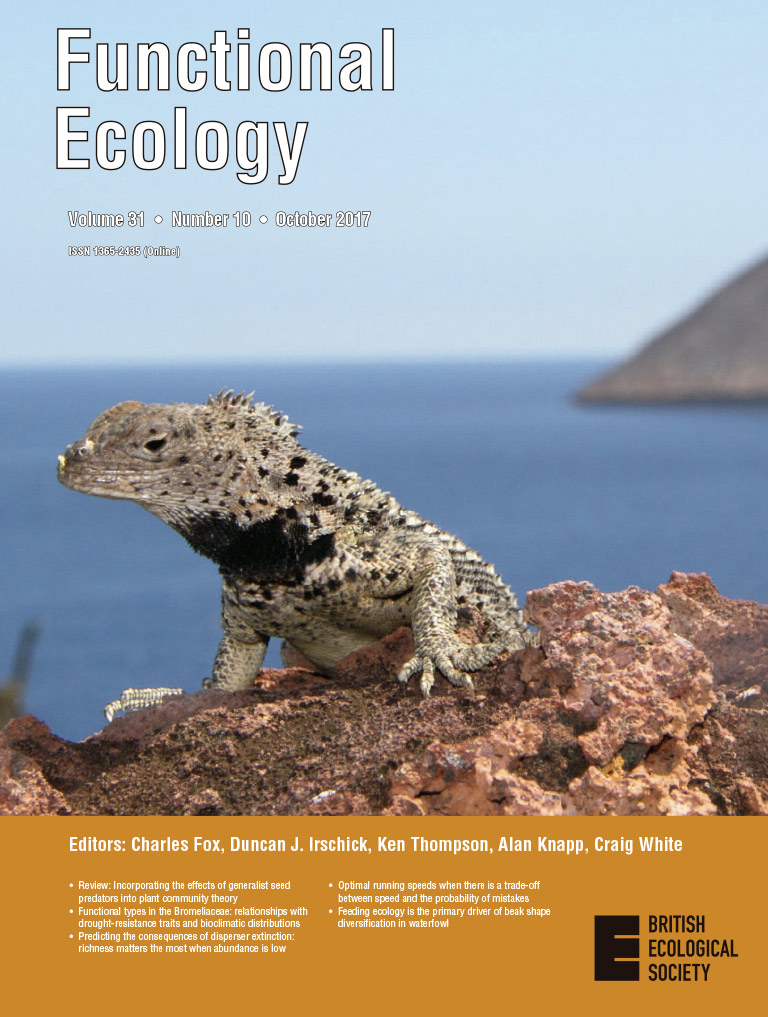Publications
This section includes a list of the latest IPNA scientific articles published in journals included in the Science Citation Index (SCI).
In DIGITAL.CSIC, institutional repository of the CSIC, you can find the complete list of scientific articles since 1962, as well as other collections of interest such as congresses, theses, books, informative material, etc. of the centre. The aim of DIGITAL.CSIC is to organize, preserve and disseminate in open access the results of our research.
In the institutional repository of the CSIC, you can find the complete list of scientific articles, as well as other collections of interest such as congresses, theses, books, informative material, etc.
Analysis of the IPNA 2014-2019 Scientific Production: bibliometric analysis from data collected in Scopus and Web of Science.

The limited spatial scale of dispersal in soil arthropods revealed with whole‐community haplotype‐level metabarcoding
Soil arthropod communities are highly diverse and critical for ecosystem functioning. However, our knowledge of spatial structure and the underlying processes of community assembly are scarce, hampered by limited empirical data on species diversity and turnover. We implement a high‐throughput sequencing approach to generate comparative data for thousands of arthropods at three hierarchical levels: genetic, species and supra‐specific lineages. A joint analysis of the spatial arrangement across these levels can reveal the predominant processes driving the variation in biological assemblages at the local scale. This multihierarchical approach was performed using haplotype‐level COI metabarcoding of entire communities of mites, springtails and beetles from three Iberian mountain regions. Tens of thousands of specimens were extracted from deep and superficial soil layers and produced comparative phylogeographic data for >1,000 codistributed species and nearly 3,000 haplotypes. Local assemblage composition differed greatly between grasslands and forests and, within each habitat, showed strong spatial structure and high endemicity. Distance decay was high at all levels, even at the scale of a few kilometres or less. The local distance decay patterns were self‐similar for the haplotypes and higher hierarchical entities, and this fractal structure was similar in all regions, suggesting that uniform processes of limited dispersal determine local‐scale community assembly. Our results from whole‐community metabarcoding provide insight into how dispersal limitations constrain mesofauna community structure within local spatial settings over evolutionary timescales. If generalized across wider areas, the high turnover and endemicity in the soil locally may indicate extremely high richness globally, challenging our current estimations of total arthropod diversity on Earth.
Arribas, Paula; Andújar, Carmelo; Salces-Castellano, Antonio; Emerson, Brent C.; Vogler, Alfried P.
The importance of threatened host plants for arthropod diversity: the fauna associated with dendroid Euphorbia plants endemic to the Canary and Madeira archipelagos
The arthropod fauna associated with seven endemic dendroid Euphorbia was sampled and studied in the Canary and Madeira archipelagos. The stem-diameter of the plants was considered, along with their genetic affinity, habitat and number of localities and islands where present. The arthropod assemblages and richness found on each Euphorbia species were statistically analysed, to determine which variables influenced the survey results. A total of 179 arthropod species were found, identified, and classified into characteristic or accompanying fauna, according to their relationship with the plants and their types of diet. Faunal assemblages and arthropod species richness differed among the Euphorbia species, each thus showing a strong and almost unique host relationship. Species richness increased with the architectural complexity of the host-plant species and number of localities and islands where present. The similarity of faunal assemblages was mainly related to stem diameter. Among diet types, a great number of exclusive and/or endemic taxa associated with this plant genus were xylophages. Our survey revealed that rich arthropod communities are associated with the genus Euphorbia, especially on its rare endangered species, and highlights the need to protect their host plants. This in turn will contribute to the conservation of their arthropod communities and their ecosystem functions.
Hernández-Teixidor, David; Santos, Irene; Suárez, Daniel; Oromí, Pedro
Alkane-, alkene-, alkyne-γ-lactones and ryanodane diterpenes from aeroponically grown Persea indica roots
This work presents the study of the roots of the Macaronesian paleoendemism Persea indica (L.) Spreng. The root biomass of this protected tree species has been produced by soil-less aeroponic culture under controlled environment. This system has important advantages over traditional plant production techniques because it provides opportunities to optimize the yield of metabolite production under well-controlled conditions, thereby facilitating commercial-scale production of bioactive compounds. Thus, for the first time a study of this type has permitted the isolation from the roots of seven undescribed dextrorotatory lactones: the alkane-γ-lactones (+)-majoranolide and (+)-dihydromajorenolide, the alkene-γ-lactones (+)-majorenolide and (+)-majorenolide acetate, and the alkyne-γ-lactones, (+)-majorynolide, (+)-majorynolide acetate and (+)-isomajorynolide. In addition, thirteen known compounds were also isolated including two possible avocadofurane precursors, avocadynone acetate and avocadenone acetate, the monoterpene esters cis- and trans-p-coumarate of (−)-borneol, and the ryanoid diterpenes cinnzeylanone, anhidrocinnzeylanine, cinnzeylanine, cinnzeylanol, epiryanodol, perseanol, cinncassiol E, perseaindicol and secoperseanol. The configuration at C-14 de two ryanodane diterpenes has also been revised in this work. Furthermore, (−)-borneol cis-p-coumarate has showed to be insecticidal to S. littoralis and cytotoxic to insect (Sf9) cells, (+)-majorenolide antifeedant to aphids and cytotoxic to Sf9, cinnceylanol antifeedant and insecticidal to S. littoralis, and (+)-majorynolide (2), insecticidal against S. littoralis, cytotoxic to Sf9 and nematicidal, suggesting a defensive role for these compounds.
Fraga, Braulio M.; Díaz, Carmen E.; Bolaños, Patricia; Bailén, María; Andrés, María Fe; González-Coloma, Azucena
LiCSAR: An Automatic InSAR Tool for Measuring and Monitoring Tectonic and Volcanic Activity
Space-borne Synthetic Aperture Radar (SAR) Interferometry (InSAR) is now a key geophysical tool for surface deformation studies. The European Commission’s Sentinel-1 Constellation began acquiring data systematically in late 2014. The data, which are free and open access, have global coverage at moderate resolution with a 6 or 12-day revisit, enabling researchers to investigate large- scale surface deformation systematically through time. However, full exploitation of the potential of Sentinel-1 requires specific processing approaches as well as the efficient use of modern computing and data storage facilities. Here we present LiCSAR, an operational system built for large-scale interferometric processing of Sentinel-1 data. LiCSAR is designed to automatically produce geocoded wrapped and unwrapped interferograms and coherence estimates, for large regions, at 0.001° resolution (WGS-84 system). The products are continuously updated in a frequency depending on prioritised regions (monthly, weekly or live update strategy). The products are open and freely accessible and downloadable through an online portal. We describe the algorithms, processing, and storage solutions implemented in LiCSAR, and show several case studies that use LiCSAR products to measure tectonic and volcanic deformation. We aim to accelerate the uptake of InSAR data by researchers as well as non-expert users by mass producing interferograms and derived products.
Lazecký, Milan; Spaans, Karsten; González, Pablo J.; Maghsoudi, Yasser; Morishita, Yu; Albino, Fabien; Elliot, John; Greenall, Nicholas; Hatton, Emma; Hooper, Andrew; Juncu, Daniel; McDougall, Alistair; Walters, Richard J.; Watson, C. Scott; Weiss, Jonathan R.; Wright, Tim J.
Synthesis of Seven Membered Oxacycles: Recent Developments and New Approaches
This minireview focuses on recent advances in the synthesis of seven‐membered ring oxacycles, whether saturated, unsaturated, fused or isolated. We cover a remarkable variety of strategies and methods developed during the past two decades, based mainly on cyclizations, ring‐closing metathesis, conjugate additions, and ring expansions. The cyclizations can be generated directly or triggered through an oxocarbenium ion, carbocation or iminium‐type species. Also discussed are ring‐closing metatheses and conjugate additions, in which the precursor has the functionalities and correct stereochemistry of the final seven‐membered ring oxacycle. Finally, examples of ring expansions are described, predominantly involving cyclopropanes and epoxides. These cases include reactions governed by the intermediate species and others, where the precursor holds the stereochemical information for the final oxacycle.
Sinka, Victoria; Martín, Víctor S.; Cruz, Daniel A.; Padrón, Juan I.
Modulation of Glial Responses by Furanocembranolides: Leptolide Diminishes Microglial Inflammation in Vitro and Ameliorates Gliosis In Vivo in a Mouse Model of Obesity and Insulin Resistance
Neurodegenerative diseases are age-related disorders caused by progressive neuronal death in different regions of the nervous system. Neuroinflammation, modulated by glial cells, is a crucial event during the neurodegenerative process; consequently, there is an urgency to find new therapeutic products with anti-glioinflammatory properties. Five new furanocembranolides (1-5), along with leptolide, were isolated from two different extracts of Leptogorgia sp., and compound 6 was obtained from chemical transformation of leptolide. Their structures were determined based on spectroscopic evidence. These seven furanocembranolides were screened in vitro by measuring their ability to modulate interleukin-1β (IL-1β) production by microglial BV2 cells after LPS (lipopolysaccharide) stimulation. Leptolide and compounds 3, 4 and 6 exhibited clear anti-inflammatory effects on microglial cells, while compound 2 presented a pro-inflammatory outcome. The in vitro results prompted us to assess anti-glioinflammatory effects of leptolide in vivo in a high-fat diet-induced obese mouse model. Interestingly, leptolide treatment ameliorated both microgliosis and astrogliosis in this animal model. Taken together, our results reveal a promising direct biological effect of furanocembranolides on microglial cells as bioactive anti-inflammatory molecules. Among them, leptolide provides us a feasible therapeutic approach to treat neuroinflammation concomitant with metabolic impairment.
Corraliza-Gómez, Miriam; Gallardo, Amalia B.; Díaz-Marrero, Ana R.; De la Rosa, José M.; D'Croz, Luis; Darias, José; Arranz, Eduardo; Cózar-Castellano, Irene; Ganfornina, María D.; Cueto, Mercedes
Air pollution is intimately linked to global climate change: change in Cardiovascular Disease Statistics 2019
The ‘Lancet Commission on pollution and health’ recommends airquality action plans for the prevention and control of non-communicable diseases. The commission estimated that about 9million excess deaths worldwide are attributable to degraded envir-onmental conditions, of which about half to ambient (outdoor) airpollution, being the main environmental health risk. Environmentalfactors, in particular air pollution, pose additional risks with healthimplications that have been underestimated in the global burden ofdisease. Chronic exposure to enhanced levels of fine particulatematter (PM) with a diameter below 2.5mm(PM2.5) impairs vascularfunction, which can lead to myocardial infarction, arterial hyperten-sion, stroke, and heart failure. Predominant sources of PM2.5 are fossilfuel and biomass combustion, industry, and agriculture.
Domínguez-Rodríguez, Alberto; Rodríguez, Sergio; Hernández-Vaquero, Daniel
High‐resolution surface velocities and strain for Anatolia from Sentinel‐1 InSAR and GNSS data
Measurements of present‐day surface deformation are essential for the assessment of long‐term seismic hazard. The European Space Agency's Sentinel‐1 satellites enable global, high‐resolution observation of crustal motion from Interferometric Synthetic Aperture Radar (InSAR). We have developed automated InSAR processing systems that exploit the first ~5 years of Sentinel‐1 data to measure surface motions for the ~800,000 km2 Anatolian region. Our new 3D velocity and strain rate fields illuminate deformation patterns dominated by westward motion of Anatolia relative to Eurasia, localized strain accumulation along the North and East Anatolian Faults, and rapid vertical signals associated with anthropogenic activities and to a lesser extent extension across the grabens of western Anatolia. We show that automatically processed Sentinel‐1 InSAR data can characterize details of the velocity and strain rate fields with high resolution and accuracy over large regions. These results are important for assessing the relationship between strain accumulation and release in earthquakes.
Weiss, Jonathan R.; Walters, Richard, J.; Morishita, Yu; Wright, Tim J.; Lazecky, Milan; Wang, Hua; Hussain, Ekbal; Hooper, Andrew J.; Elliot, John R.; Rollins, Chris, Yu, Chen; González, Pablo J.; Spaans Karten; Li, Zhenhong; Parsons, Barry
The Genus Herpisticus Germar, 1823 From The Canary Islands (Coleoptera: Curculionidae: Entiminae: Tanymecini)
The taxonomic review of the genus Herpisticus Germar, 1823, endemic to the Canary Islands, is undertaken with support of molecular data (mtCOI). The morphological study includes the description of the larva and pupa of this genus. To the 5 previously known species, 20 taxa have been added, comprising the resurrection of H. eremita var. γ lanatus Wollaston, 1864 as valid species, H. grancanariensis Palm 1974 as valid subspecies of H. subvestitus Wollaston, 1864, and the following new taxa: H. famarae n. sp. from Lanzarote; H. betancuriae n. sp., H. jandiensis n. sp. and H. rectipes n. sp. from Fuerteventura; H. subvestitus pseudolanatus n. ssp., H. guanarteme n. sp., H. denudatus n. sp., H. gigas n. sp., H. guayarmina n. sp., H. tasarticus n. sp., H. scopulus n. sp., and H. nanus n. sp. from Gran Canaria; H. daute n. sp. and H. aridicola n. sp. from Tenerife; H. gomerensis n. sp., H. hispidus n. sp. and H. bobadillae n. sp. from La Gomera; and H. hierrensis benahoare n. ssp. from La Palma. Except for the subspecies H. hierrensis hierrensis, which is present on the islands of El Hierro and La Palma, all the other taxa are mono-insular endemics. Identification keys (♂), distribution maps, and photographs of imagos of all 25 taxa are provided, as well as some general comments on the biology of the group, its potential as agricultural pest, and conservation perspectives.
Machado, Antonio; Suárez, Daniel
Biostimulant Nanoencapsulation: The New Keystone To Fight Hunger
Jiménez-Arias, David; Morales-Sierra, Sarai; Borges, Andrés A.; Díaz Díaz, David

